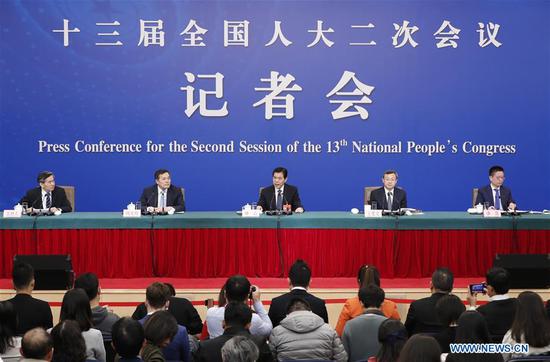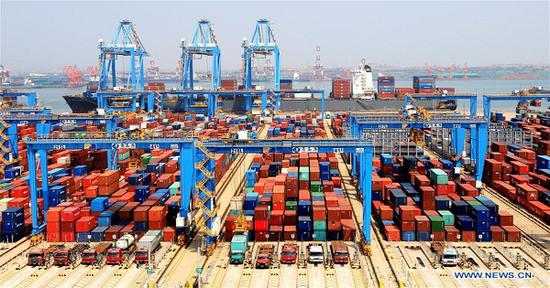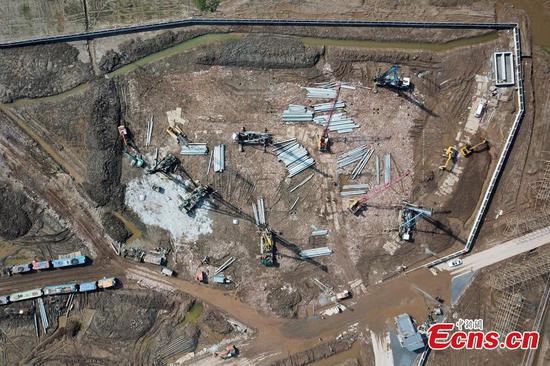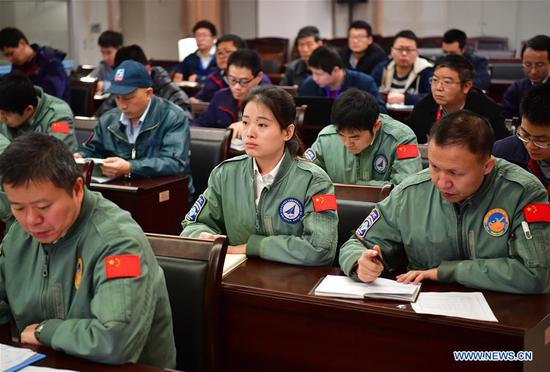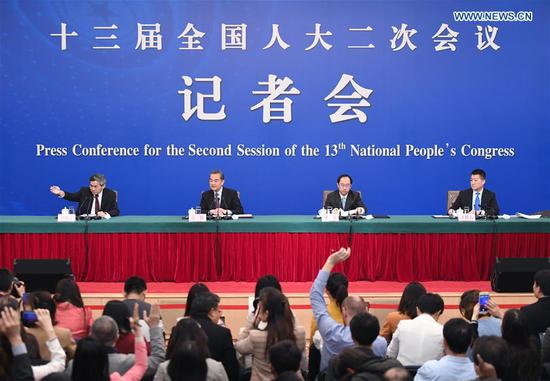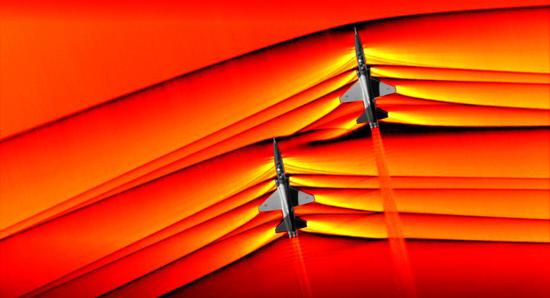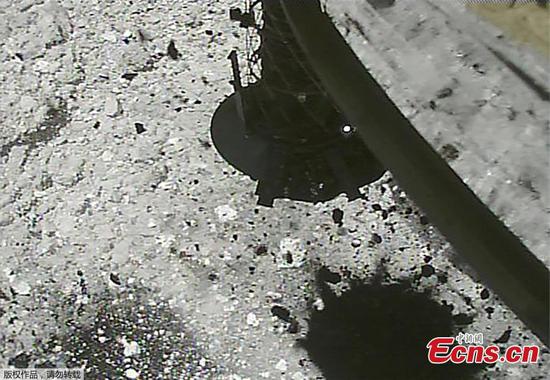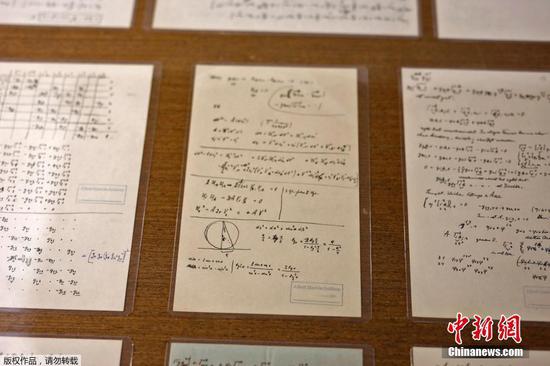
A Long March-3B carrier rocket launches the "ChinaSat 6C" satellite from the Xichang Satellite Launch Center in Sichuan Province, on Sunday. The satellite will provide high-quality radio and TV transmission services. (Photo by Gao Nan/Provided to China Daily)
More than 30 launches planned this year to lift over 50 spacecraft into orbit
China placed a communications satellite into geostationary orbit on a Long March 3B carrier rocket early Sunday morning, marking the 300th launch of the Long March family.
The 19-story-tall rocket blasted off at 12:28 am at the Xichang Satellite Launch Center in Sichuan Province, ripping apart the night sky with its orange-red flame and echoing thunder, as captured on video published by China Aerospace Science and Technology Corp in Beijing, maker of the Long March series.
The State-owned space conglomerate pronounced the mission a success after the satellite's solar arrays unfolded in orbit about an hour following liftoff.
China launched its first carrier rocket-a Long March 1 that was a modified ballistic missile-in April 1970 to send its first satellite, Dongfanghong 1, or The East is Red 1, into space.
Since then, the country has developed and built 17 types of Long March rocket, five of which have been retired. The Long March family has performed nearly 97 percent of the nation's launch missions, leaving a small proportion to other series such as Kuaizhou.
Of the 300 liftoffs, 197 were carried out by models developed by the China Academy of Launch Vehicle Technology in Beijing and 103 by the Shanghai Academy of Spaceflight Technology.
Long March rockets have ferried 506 Chinese and foreign craft into space, including six manned spaceships, two laboratories and four lunar probes.
Li Hong, deputy general manager at China Aerospace Science and Technology, said the advances made by the Long March series represent the nation's rising status and growing prowess in the global space industry.
"It took 37 years for the Long March family to perform 100 launches. The next 100 launches required seven years," he said. "By comparison, the third set of 100 launches was made in the past four years."
Li said that in the early years of China's space industry, engineers required several months to build and check a rocket before flight, and they could produce only a handful of rockets each year. Now, the nation can construct and launch 40 rockets a year.
China staged 39 orbital launches last year-equaling the number in the entire 1990s-with 37 of them conducted by Long March models. Last year's total saw China lead the world in annual rocket launches for the first time.
Li said the Long March 1 was only able to carry a 300-kilogram payload, enough to lift a small satellite.
After developments over nearly half a century, the Long March 5, the biggest and strongest in the family, is capable of launching a payload weighing as much as 25 metric tons. That earned it the honor of transporting the nation's first manned space station into orbit.
Li said Long March rockets have a 96 percent success rate, adding his company has plans for more than 30 Long March launches this year to place more than 50 spacecraft into orbit.
Jiang Jie, chief designer of the Long March 3A series, said that the 3A is scheduled to perform its 100th launch in April, becoming the first Long March model to boast 100 flights.















